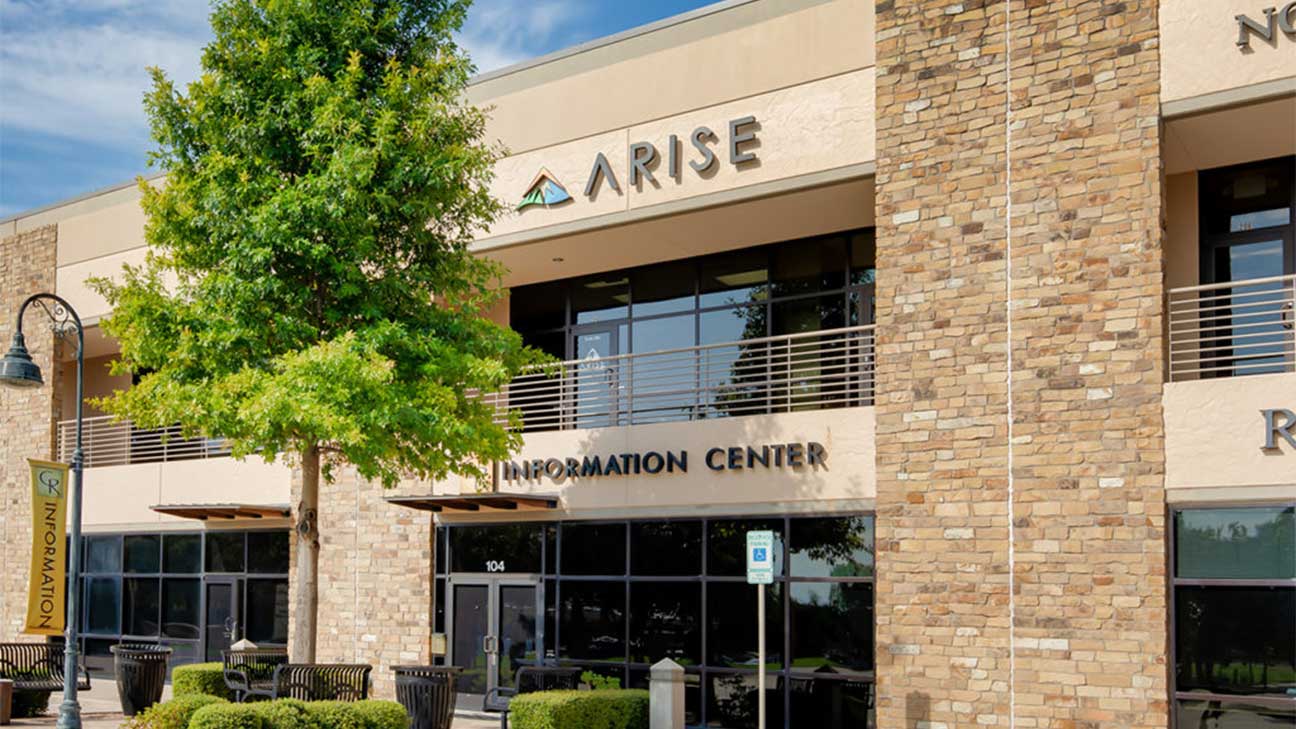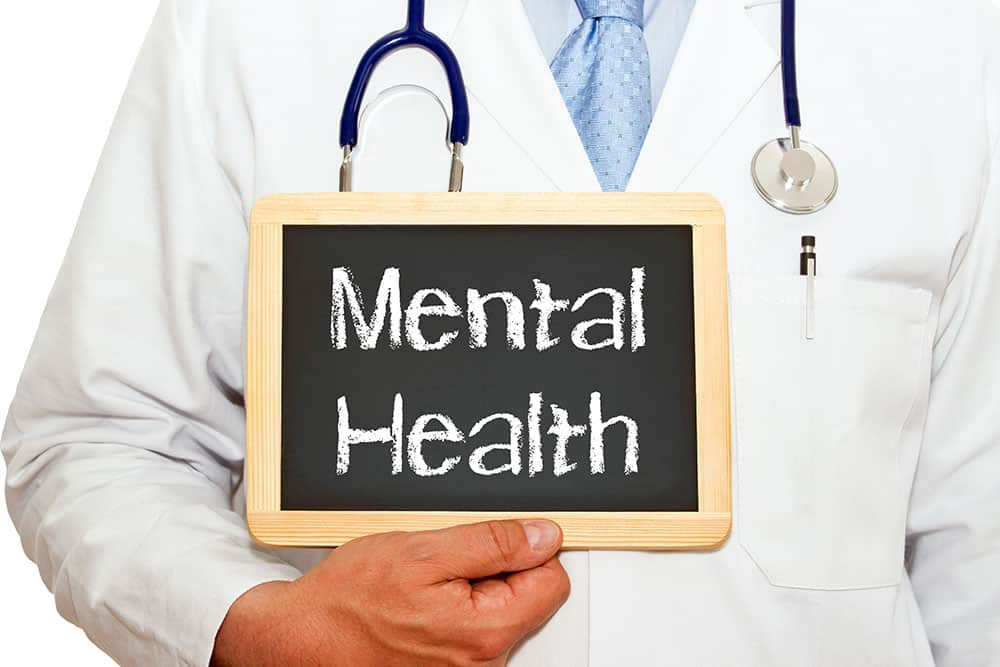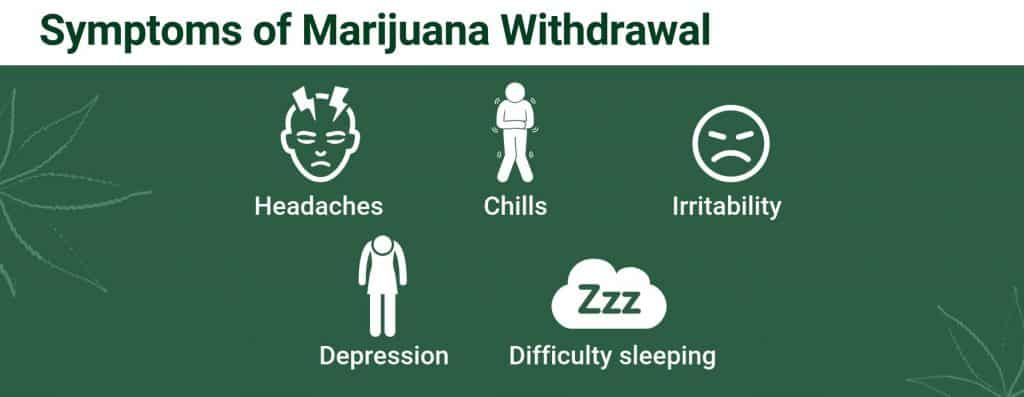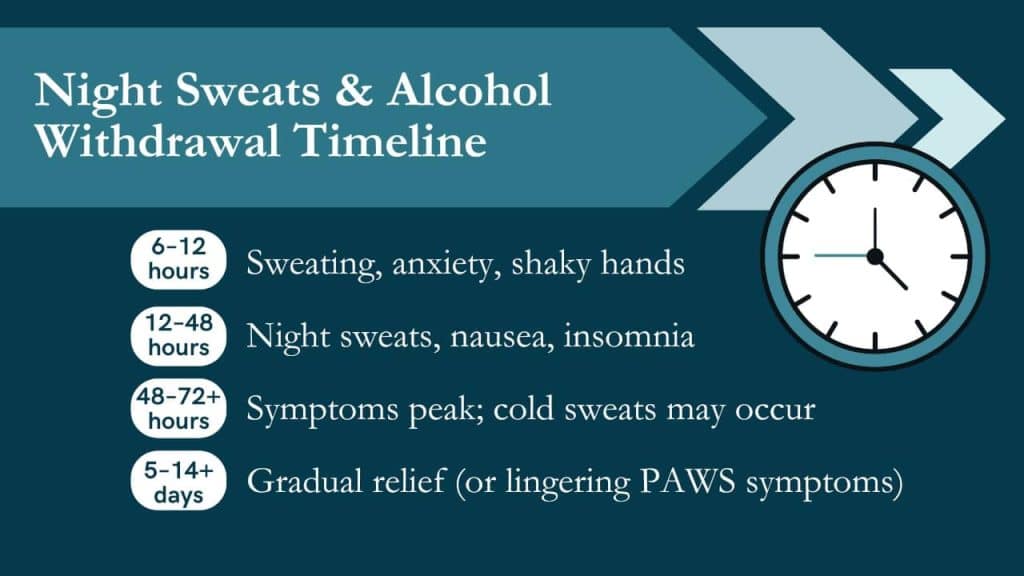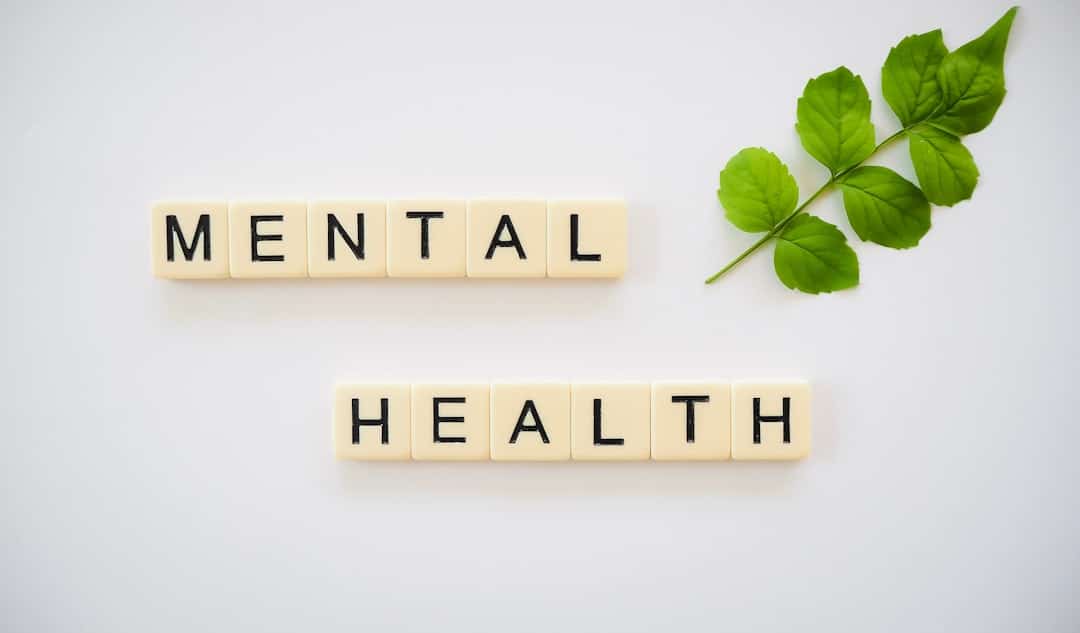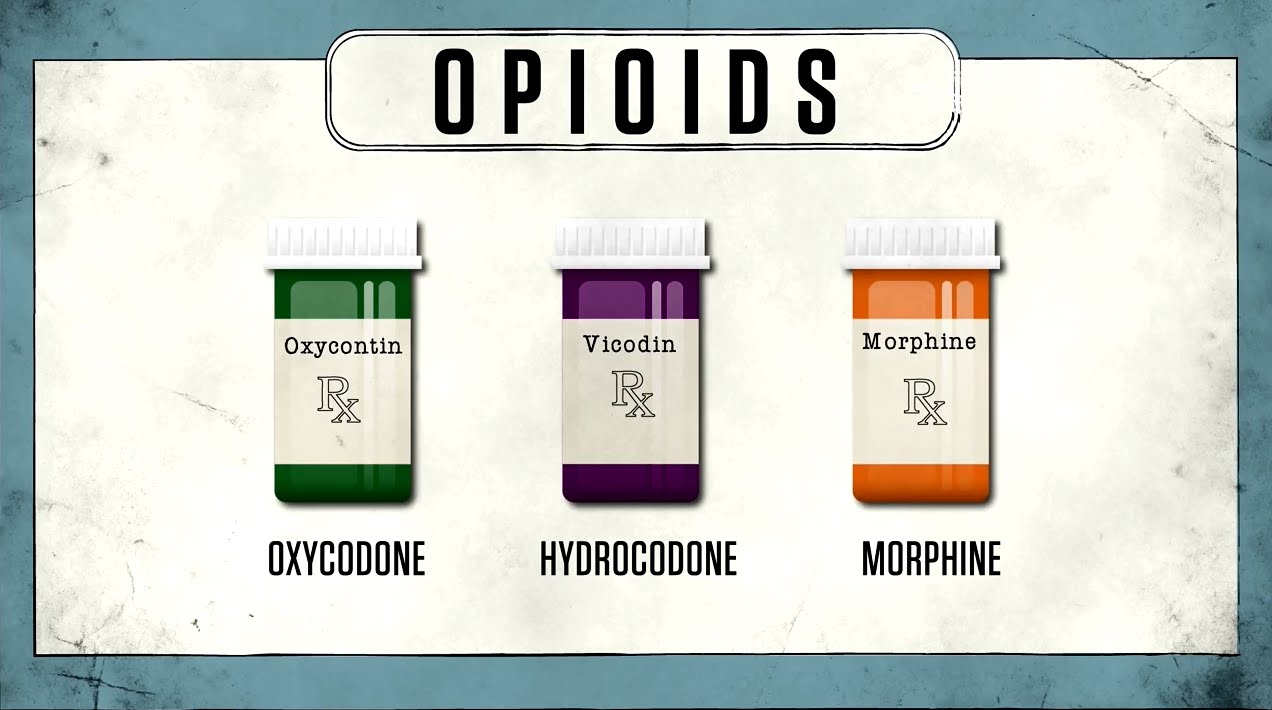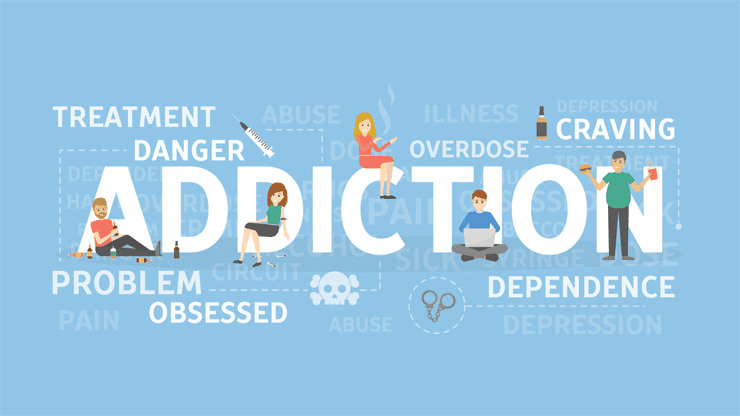
Understanding the Scope and Hope of Marijuana Addiction Treatment
Marijuana addiction treatment is a comprehensive approach combining behavioral therapy, support groups, and sometimes medication to help individuals overcome Cannabis Use Disorder (CUD). While many believe marijuana isn’t addictive, over 16 million Americans aged 12 and older struggle with problematic cannabis use meeting clinical addiction criteria.
Key Facts About Marijuana Addiction Treatment:
- Primary Treatment: Cognitive-Behavioral Therapy (CBT), Motivational Improvement Therapy (MET), and Contingency Management are the most effective approaches.
- No FDA-Approved Medications: No medications are specifically approved for CUD, but some can manage withdrawal or co-occurring conditions.
- Success Rates: Treatment helps individuals develop coping skills and manage triggers, with abstinence rates varying by person.
- Treatment Settings: Options range from outpatient counseling to residential programs, depending on severity.
- Withdrawal: Marijuana withdrawal causes real symptoms like anxiety, irritability, and insomnia, though it is not medically dangerous.
The Reality of Cannabis Use Disorder
Despite increasing social acceptance, the science is clear: marijuana can be addictive. Research shows that about 9% of people who use marijuana will develop an addiction, with the number rising to 17% for those who start as adolescents. People who begin using before age 18 are four to seven times more likely to develop CUD than adults.
In 2021, an estimated 5.8% of people aged 12 and older (about 16.3 million people) in the United States had a cannabis use disorder in the past year, with rates increasing alongside legalization.
There Is Hope
Recovery from marijuana addiction is absolutely possible. Modern, personalized treatment has proven effective at helping people reduce or stop cannabis use, rebuild their lives, and address underlying issues. At Addiction Helpline America, we connect individuals and families struggling with marijuana addiction to effective, evidence-based marijuana addiction treatment programs 24/7 to support lasting recovery.
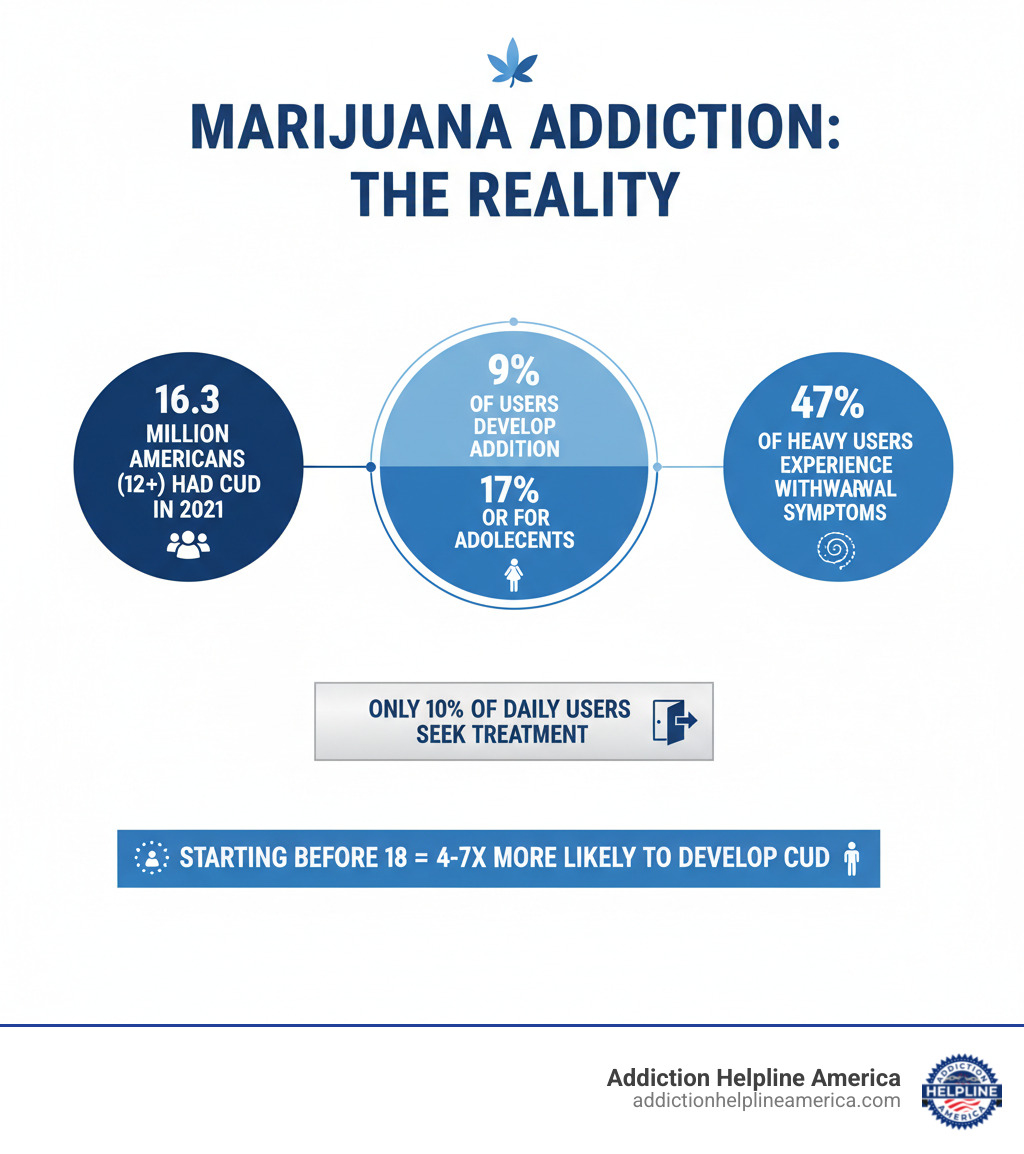
Understanding Cannabis Use Disorder: Signs, Symptoms, and Risks
Cannabis Use Disorder (CUD) is a recognized mental health condition where a person develops a problematic pattern of cannabis use that causes significant distress or disrupts their daily life. While the addiction is primarily psychological rather than chemical, this dependence can be incredibly powerful, influencing thoughts and behaviors.

How THC Changes Your Brain
The main psychoactive ingredient in marijuana, Delta-9-tetrahydrocannabinol (THC), triggers surges of dopamine in the brain’s reward pathways. Over time, the brain adapts, producing less dopamine naturally and becoming less responsive to it. This leads to tolerance, where you need more THC to achieve the same effects, and use can shift from a choice to a compulsion.
The Legalization Paradox
As marijuana has become legal in more states, many assume it is safe. However, rates of cannabis use and CUD have risen alongside these legal changes. In 2021, an estimated 16.3 million Americans aged 12 and older struggled with CUD. Adolescents face particular risks, as heavy use can alter brain development and lead to long-term cognitive problems.
Signs and Symptoms of Marijuana Addiction
Recognizing the signs of marijuana addiction is the first step toward getting help. The DSM-5 outlines eleven criteria for CUD; meeting two or more within a year may indicate a disorder. Key signs include:
- Using marijuana in larger amounts or for longer than intended.
- Persistent desire or unsuccessful attempts to cut down or quit.
- Strong cravings or urges to use marijuana.
- Use interfering with responsibilities at work, school, or home.
- Continued use despite causing relationship problems.
- Giving up important social, occupational, or recreational activities.
- Using marijuana in physically hazardous situations.
- Continued use despite knowing it’s causing or worsening a physical or psychological problem.
- Tolerance: Needing more to get the same effect.
- Withdrawal: Experiencing symptoms when you stop, which are relieved by using more.
Marijuana Withdrawal Symptoms
Marijuana withdrawal is real and uncomfortable, affecting about 47% of heavy, regular users. While not life-threatening, the symptoms are a major reason people relapse. They typically start within 24-72 hours, peak during the first week, and subside within one to two weeks.
Common symptoms include:
- Irritability, anger, and anxiety.
- Sleep problems, including insomnia and vivid, disturbing dreams.
- Decreased appetite and weight loss.
- Restlessness and a depressed mood.
- Physical symptoms like headaches, sweating, and stomach pain.
Scientific research on cannabis withdrawal shows that professional marijuana addiction treatment can help manage these symptoms and support you through this challenging period.
Long-Term Dangers and Health Consequences
The long-term effects of chronic marijuana use can significantly impact your health and quality of life.
Mental Health: Chronic use can impair cognitive functions like memory and learning, especially in adolescents. Heavy use increases the risk of psychosis and can worsen existing depression and anxiety. Nearly 50% of people with CUD also have a co-occurring mental health condition.
Physical Health: Smoking marijuana can lead to respiratory issues like chronic bronchitis. Other risks include Cannabinoid Hyperemesis Syndrome (CHS)—severe nausea and vomiting—cardiovascular problems, and a weakened immune system.
Life Consequences: Addiction often leads to job loss, financial problems, strained relationships, and social isolation as cannabis use becomes the central priority.
Seeking marijuana addiction treatment is about reclaiming your health, rebuilding relationships, and finding a fulfilling life.
A Guide to Effective Marijuana Addiction Treatment Approaches
Effective marijuana addiction treatment is not one-size-fits-all; it must be personalized to your unique history, mental health, and reasons for using. Since nearly 50% of people with CUD also have a co-occurring mental health condition like anxiety or depression, integrated treatment that addresses both issues simultaneously is vital for lasting recovery. Modern approaches combine proven therapies, supportive medications when needed, and the power of community to help you reclaim your life.
The Central Role of Behavioral Therapy
Because cannabis addiction is primarily psychological, behavioral therapy is the cornerstone of treatment. It provides the tools to change how you think and respond to triggers. Key approaches include:
Cognitive-Behavioral Therapy (CBT): The gold standard for substance use disorders, CBT helps you identify and change the negative thought patterns and behaviors that fuel your use. You’ll learn practical relapse prevention skills to manage triggers and high-risk situations.
Motivational Improvement Therapy (MET): This approach helps you explore your own ambivalence about quitting. By focusing on your personal reasons for change, MET builds internal motivation that is more powerful and sustainable.
Contingency Management (CM): This therapy uses positive reinforcement, providing tangible rewards for meeting recovery goals like passing drug tests. This can be highly motivating in early recovery.
The Use of Medication in Marijuana Addiction Treatment
Currently, there are no FDA-approved medications specifically to treat Cannabis Use Disorder. However, medication can play a supportive role in two key areas:
Managing Withdrawal: While not medically dangerous, withdrawal can be miserable. Medications like Gabapentin or Buspirone can help ease symptoms like anxiety and insomnia, making the initial phase of quitting more manageable.
Treating Co-occurring Conditions: Addressing underlying depression, anxiety, or PTSD with appropriate medications can remove major triggers for marijuana use and significantly improve recovery outcomes.
Any medication used in marijuana addiction treatment should be prescribed and monitored by a qualified healthcare professional. You can explore the current science on CUD treatment for more information.
The Importance of Support Groups and Peer Connection
Connecting with peers who understand your struggle is a powerful, and often underestimated, component of recovery. Support groups reduce isolation, combat shame, and provide a community for long-term maintenance. Options include:
Marijuana Anonymous (MA): A 12-Step program modeled after Alcoholics Anonymous, specifically for cannabis addiction.
SMART Recovery: A science-based, self-empowerment program that offers an alternative to 12-Step models.
Narcotics Anonymous (NA): A widely available 12-Step program that welcomes anyone recovering from any substance.
These groups offer accountability and connection, which are crucial for sustaining recovery after formal treatment ends. At Addiction Helpline America, we help connect people not just to treatment, but to the support networks that will sustain their recovery for years to come.
Choosing the Right Treatment Program
Finding the right marijuana addiction treatment program is a personal decision, and you don’t have to figure it out alone. The most effective plan considers your unique situation: the severity of your use, co-occurring mental health concerns, daily responsibilities, and support system. When exploring options, look for program accreditation (from organizations like The Joint Commission or CARF), a treatment philosophy that resonates with you, and verify your insurance. A thorough individual assessment is the foundation for determining the right level of care.
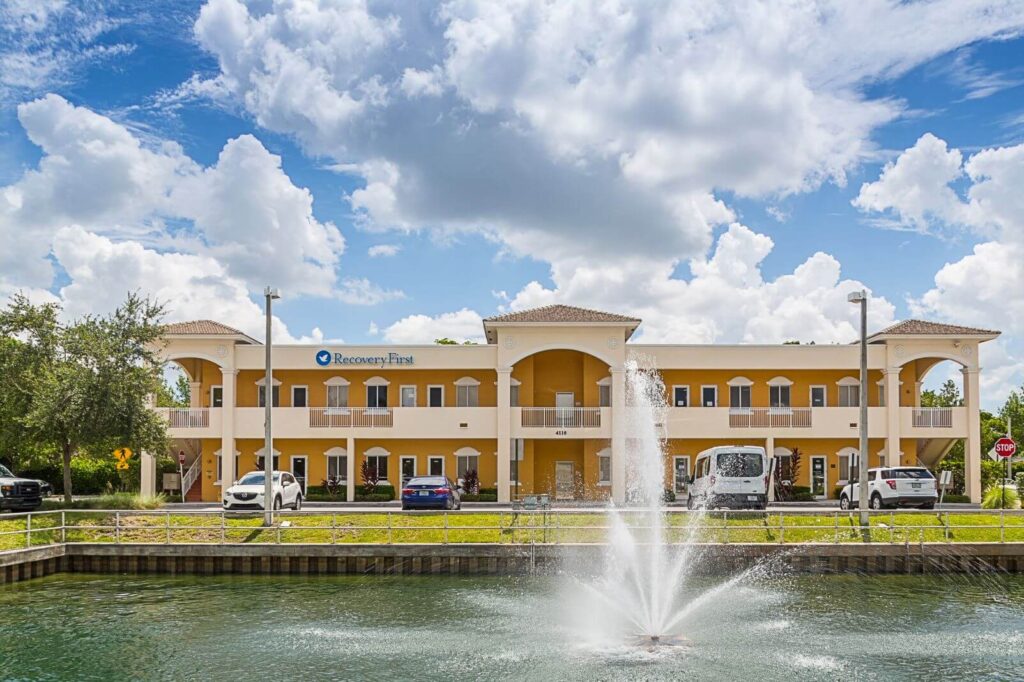
Types of Marijuana Addiction Treatment Programs
Most individuals with CUD can recover through outpatient treatment. However, severe addiction or co-occurring disorders benefit from more structured care. Levels of care include:
Medical Detox: Rarely necessary for marijuana alone, but can help manage uncomfortable withdrawal symptoms in a safe environment.
Inpatient/Residential Rehab: Provides 24/7 support in a live-in facility for 30-90 days, removing you from daily triggers.
Partial Hospitalization Programs (PHP): Intensive treatment (5-6 hours a day) while you live at home.
Intensive Outpatient Programs (IOP): A flexible option with 9-12 hours of therapy per week, allowing you to maintain work or school.
Standard Outpatient Programs: The most flexible option, usually involving one to two therapy sessions per week.
Aftercare Planning: An essential bridge to long-term recovery, including ongoing therapy and support group participation.
The Role of Family and Couples Counseling
Addiction affects the entire family, so involving loved ones in treatment can be incredibly powerful. Family therapy helps everyone understand addiction, improve communication, rebuild trust, and learn how to provide effective support. It provides a safe space to heal damaged relationships and helps create a supportive home environment, which is essential for long-term success.
How to Find a Suitable Program
Finding a program is a manageable process. Start with a professional evaluation to determine the best level of care. Next, verify your insurance benefits to understand what’s covered. When researching facilities, check for state licenses and national accreditation, inquire about the staff-to-client ratio, and ensure they offer evidence-based therapies like CBT. Location and amenities are also worth considering.
At Addiction Helpline America, we simplify this entire process. We conduct a confidential assessment, verify your insurance, and match you with quality marijuana addiction treatment options that fit your specific needs.
Frequently Asked Questions about Marijuana Addiction Treatment
We understand you have questions about marijuana addiction treatment. Here are straightforward answers to the most common ones we hear.
Can you really get addicted to marijuana?
Yes, absolutely. The clinical diagnosis is Cannabis Use Disorder (CUD). Research shows about 9% of people who use marijuana will develop addiction, and that number jumps to 17% for those who start as teenagers. Addiction occurs when chronic use changes the brain’s reward system, leading to compulsive use despite negative consequences. The development of tolerance (needing more for the same effect) and experiencing withdrawal are key signs. While primarily psychological, the compulsion is real and difficult to overcome alone.
How long does marijuana withdrawal last?
It varies by individual. For most, withdrawal symptoms start within 24 to 72 hours, peak during the first week, and subside within one to two weeks. However, some psychological symptoms like mood swings and cravings can linger for weeks or months in what is known as Post-Acute Withdrawal Syndrome (PAWS). The duration depends on factors like usage frequency, duration, and potency. The discomfort of withdrawal is a primary reason for relapse, highlighting the value of professional support during marijuana addiction treatment.
Does insurance cover marijuana rehab?
In many cases, yes. The Mental Health Parity and Addiction Equity Act (MHPAEA) requires most health insurance plans to cover substance use disorder treatment similarly to other medical conditions. This includes marijuana addiction treatment. However, specifics like deductibles, co-pays, and covered levels of care vary by plan. Some plans require pre-authorization or favor in-network providers.
The crucial first step is to verify your benefits. Our team at Addiction Helpline America can help you understand your insurance coverage and find programs that accept your plan, connecting you to quality care across the country, from California and Texas to Florida and New York.
Conclusion
If you or someone you care about is struggling with marijuana, know this: recovery is possible. Effective, personalized marijuana addiction treatment exists, combining behavioral therapies, peer support, and treatment for any co-occurring mental health conditions like anxiety or depression. The path forward is different for everyone, but it often starts with a single step.
Taking that first step can feel overwhelming, but you don’t have to do it alone. At Addiction Helpline America, we provide free, confidential guidance 24/7. Our team can help you understand your options and connect you with a quality treatment program that fits your unique needs and insurance. We work with a vast network of treatment centers across the country—whether you’re in California, Texas, Florida, New York, or anywhere else.
A life free from the grip of marijuana addiction is within reach, and it starts with a single conversation.
Find confidential help from our mental health helpline
Our helpline is 100%
free & confidential
If you or someone you care about is struggling with drug or alcohol addiction, we can help you explore your recovery options. Don’t face this challenge alone—seek support from us.
Programs
Resources
Will my insurance
cover addiction
treatment?
We're ready to help
Find the best
drug or alcohol treatment
center
Are you or a loved one struggling with addiction? Call today to speak to a treatment expert.

